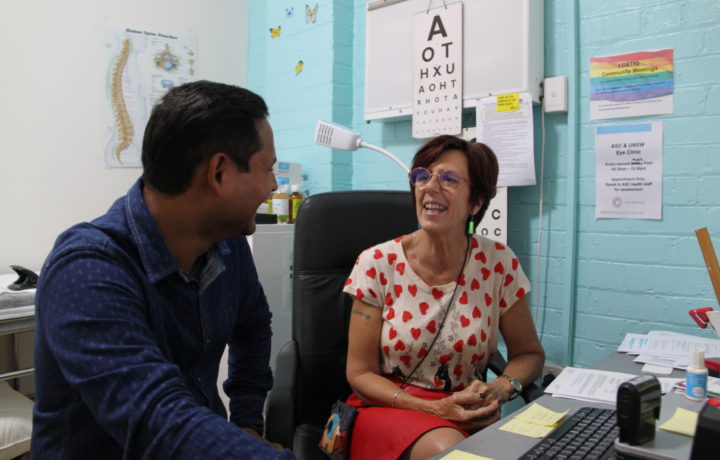Job training
These courses provide training needed in order to work in certain industries, like healthcare, hospitality, construction, and more.
See moreThese courses provide training needed in order to work in certain industries, like healthcare, hospitality, construction, and more.
See moreThese courses cover basic computer skills, from connecting to the internet to using programs and software.
See moreThese courses cover beginner and intermediate level written and spoken English.
See moreThe NSW Government subsidises the cost of almost 900 full courses ranging from Certificate II to Advanced Diploma under the Smart and Skilled program at many private and community colleges. For people seeking asylum, courses up to and including Certificate IV can be subsidised to 100%, meaning that they do not pay any training fees (although there may still be some costs for equipment, textbooks, etc.). People seeking asylum who start Diplomas and Advanced Diplomas in 2024 may also be able to have their course fully subsidised.
TAFE has hundreds of courses available in all industries, ranging from short training courses through to Certificates and Diplomas. Not all training at TAFE is free or subsidised, so keep an eye out for labels that say “Fee Free” or “Fees from $0” or “Subsidised prices”.
Important information to look for as you explore TAFE courses
Not sure what course will give the right qualification for a job?
This link goes through to the Your Career webpages. This will give you an alphabetical listing of job names that you can explore to learn more about:
To search for a job name:
Speak with a TAFE NSW careers counsellor to get more advice on the right course for you.
This free help for future students can help you to:
To make it easier for the thousands of workers in NSW whose first language isn’t English, SafeWork NSW has translated a large amount of its workplace health and safety resources into different languages.
There are videos, factsheets, instructional guides and posters in Arabic, Assyrian, Chinese, Dari, Filipino, French, German, Hindi, Khmer, Korean, Malay, Nepali, Punjabi, Spanish, Thai and Vietnamese.

Reach out to us with any questions you have on the information outlined within this page.
"*" indicates required fields